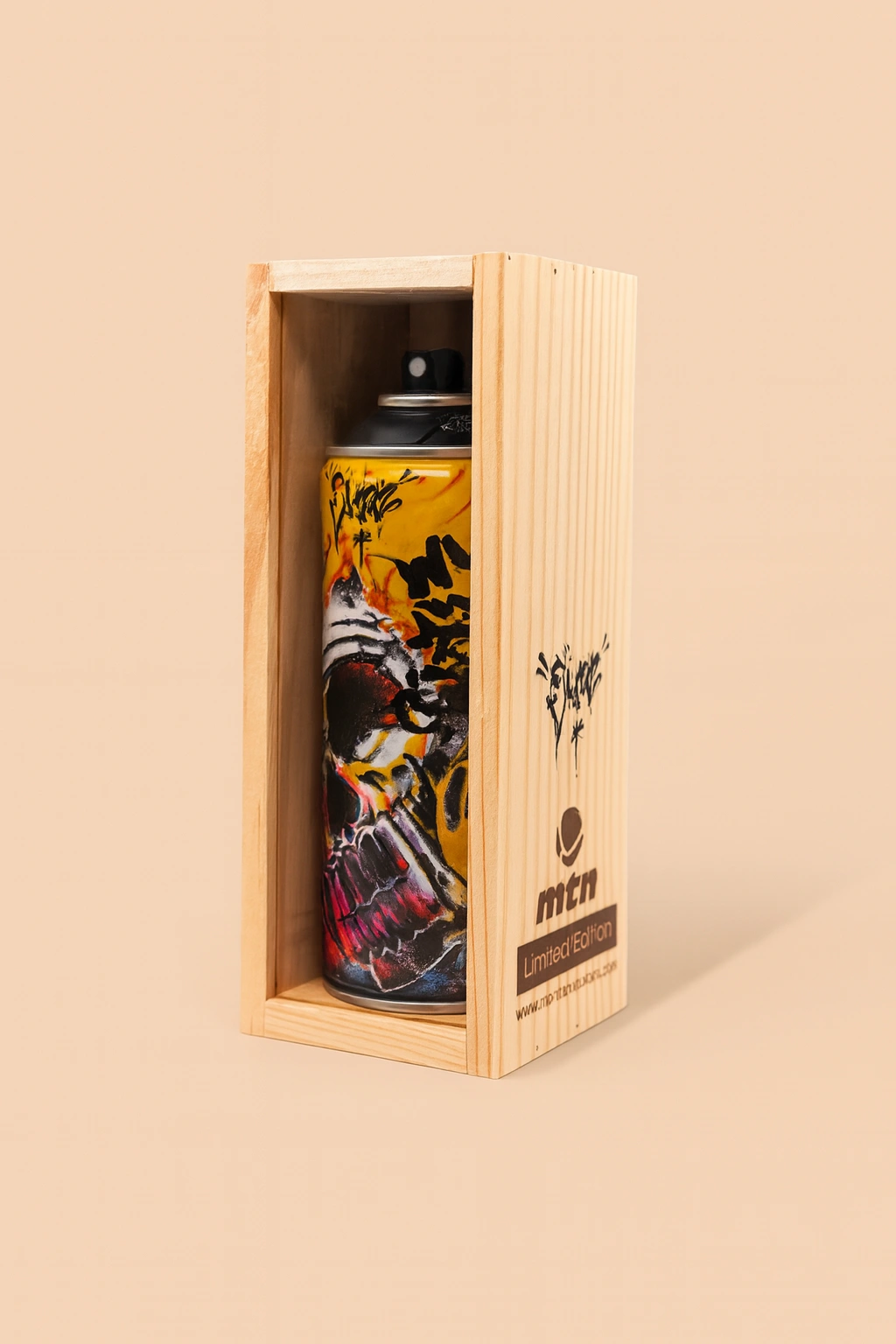Marc Chagall’s legacy has often been dissected through his whimsical motifs and a palette that defies reality in favor of fantastical flights of emotion and memory. His works—characterized by motifs of lovers suspended in air, animals in exuberant colors, and scenes that merge Jewish folklore with the language of modernism—are often reduced to their surface-level whimsy. However, the current retrospective at the Albertina Museum in Vienna, which culminates in an exploration of “The Blue Circus”, asks viewers to look beyond the cuddly, and at times seemingly frivolous, veneer of Chagall’s canvases. It invites them to explore the deeper resonances of a body of work that emerges from a place of exile, cultural dislocation, and personal loss.
Chagall’s Artistic Journey: A Brief Overview
Chagall’s roots, born Moishe Shagal in Vitebsk, Belarus, are entwined with the rich tapestry of Jewish life in Eastern Europe. He bore witness to a world of shtetls, of vibrant religious practices, and a people deeply entrenched in tradition, all of which would become key sources of inspiration for his work. However, Chagall’s life was also marked by a series of dislocations—both voluntary and imposed. His departure from Russia during the Russian Revolution and eventual relocation to France marked the first major schism, followed by his flight to the United States during World War II as he fled Nazi persecution.
This repeated experience of upheaval, displacement, and loss—personal, as with the death of his wife Bella, and collective, as with the trauma suffered by the Jewish community during the Holocaust—endows his ostensibly light-hearted oeuvre with a weight that is all too often overlooked.
“The Blue Circus”: A Microcosm of Chagall’s Themes
At first glance, “The Blue Circus” (1950-52) might appear as one of Chagall’s most lighthearted pieces. Its colors are vivid and joyous, the titular blue backdrop a calm sea upon which acrobats, musicians, and fantastical creatures perform their spectral dance. But there is a disquieting element lurking beneath this surface.
The painting can be read as a reflection of Chagall’s own life—a spectacle of performance, where joy is enacted but never fully embraced, as though life itself is a circus, full of color and movement, but underpinned by a dark stage of uncertainty. The circus, a motif that appears frequently in Chagall’s work, evokes a world of illusion and escapism. Its performers, eternally balancing on tightropes and contorting into gravity-defying poses, become symbols of resilience and the human capacity to navigate life’s precariousness.
In “The Blue Circus”, the central figure—a green-skinned violinist suspended above the action—seems to function as a surrogate for Chagall himself. Violins are a recurring motif in Chagall’s work, a nod to both his Russian-Jewish heritage and the traditional role of klezmer music in Jewish celebrations and ceremonies. Here, the violinist is detached from the other figures, playing not for the audience but as a kind of self-soothing act, a response to the overwhelming performance happening below.
The tension between joy and sorrow, between attachment and detachment, is palpable. Chagall was an artist for whom visual storytelling served as both catharsis and a bridge back to a past that was, for him, irrevocably lost. The whimsical forms may delight the eye, but their arrangement and the emotional ambiguity they convey unsettle the viewer, speaking to the complexity of memory, identity, and survival.
Jewish Identity and Modernism: Chagall’s Place in History
The Albertina’s retrospective is timely in its exploration of Chagall’s Jewish heritage and its relevance in today’s sociopolitical climate. As antisemitism and nationalism surge across Europe, the motifs that populate Chagall’s canvases—Yiddish idioms, Jewish symbols, and folkloric references—take on a renewed urgency.
Chagall’s art cannot be understood without acknowledging his outsider status. A Jew in predominantly Christian Europe, a Russian in Paris, and a refugee in America, Chagall occupied a liminal space, forever navigating the boundaries of belonging. His works function as windows into this experience, offering glimpses of Jewish life and culture that was, by the mid-20th century, under existential threat.
The theme of displacement is omnipresent in *The Blue Circus*. The circus, as a traveling show, mirrors the diasporic experience of Jews in Europe, always in motion, yet never fully integrated or accepted. The levitating figures in the painting are untethered, suspended in an impossible weightlessness, much like Chagall himself, who spent his life wandering between nations and languages, homes and artistic movements.
Chagall’s Use of Color: Beyond Aesthetics
To analyze Chagall’s use of color is to delve into a realm where hues become emotional signifiers, capable of expressing joy, sorrow, hope, and despair all at once. The blue in “The Blue Circus” is not just a backdrop—it is a mood, a memory, and a metaphysical space. Blue, often associated with calm and tranquility, takes on an ethereal quality in this work, as though the circus performers float in a dream world, a place removed from the brutality of reality.
Yet, blue is also a color of mourning in Jewish culture, linked to the tallit (prayer shawl) worn during rites of passage. In this context, the painting’s palette suggests a collective mourning, an elegy for the vibrant Jewish world of Eastern Europe that was decimated by the Holocaust. The painting becomes a site of remembrance, its vibrant forms a tribute to a vanished world that can only be reanimated through art.
Chagall’s Influence on Modern and Contemporary Art
Chagall’s influence on 20th and 21st-century art is profound, yet complex. His work intersects with various modernist movements—Cubism, Fauvism, Surrealism—but remains distinct, resisting easy categorization. His rejection of realism in favor of a dreamlike narrative, his use of symbols to convey inner states, and his blending of cultural motifs have inspired artists across generations.
Contemporary artists who grapple with issues of identity, memory, and displacement find in Chagall a forerunner. His ability to weave personal history with collective experience serves as a blueprint for artists navigating their own diasporic or marginalized identities. The exhibition at the Albertina provides a context for understanding Chagall’s place in history, not as an outsider, but as a pivotal figure whose work is deeply intertwined with the political and social upheavals of his time—and ours.
Marc Chagall remains relevant today not because his imagery is universal, but because it is deeply personal, rooted in a specific cultural and historical context that continues to resonate. His paintings, with their vibrant colors and fantastical scenes, are both a celebration of life and a testament to resilience. In a world where identity and belonging are still contentious issues, where nationalism and exclusion threaten to reshape societies, Chagall’s work serves as a reminder of the beauty and strength that comes from diversity and difference.
“The Blue Circus” is a testament to this. It is a painting that revels in its contradictions—joyous and melancholic, grounded in Jewish tradition yet universal in its emotional appeal. As the Albertina Museum’s retrospective makes clear, Chagall’s vision is not a baby blanket to be hugged, but a mirror that reflects both the agony and the ecstasy of a world in constant flux. His art, in all its glorious complexity, invites us to look, not away from life’s sorrows, but directly at them, with eyes wide open.
No comments yet.








